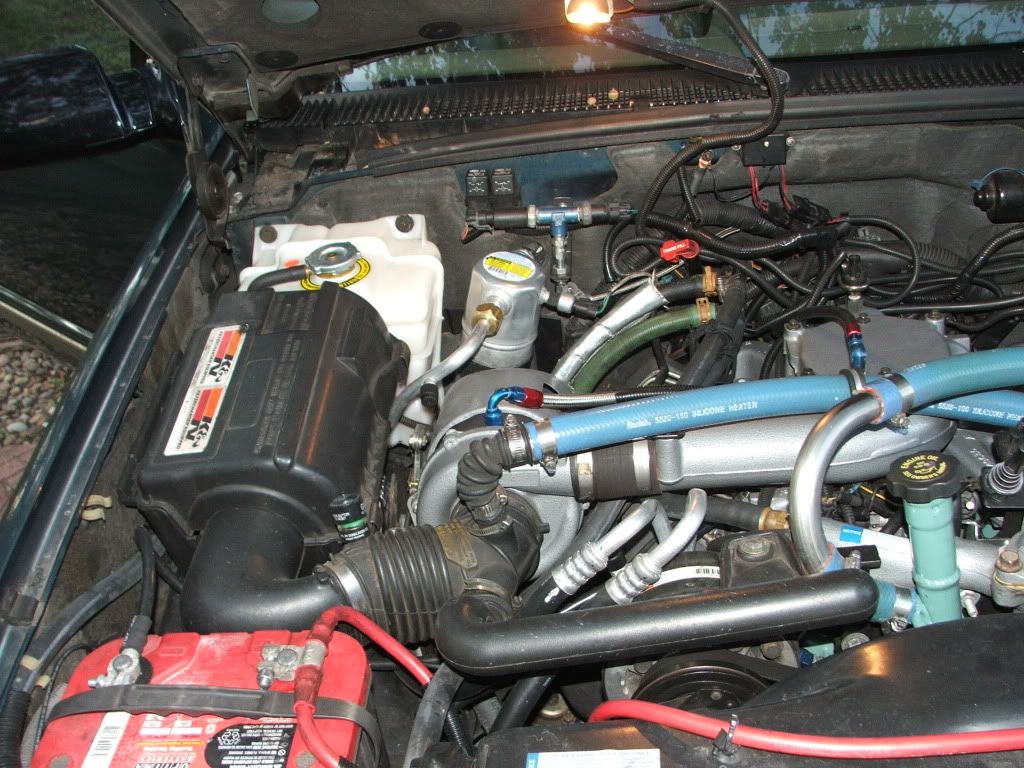I know this topic has been covered a lot, and I thought I had fixed the problem when I installed the relay to take the load for the lift pump. Unfortunately, the second AC Delco OPS has just gone out in last 4k miles(since the relay). I have checked the wiring that I installed against the diagrams that other have posted, and it seems right.
I am really tempted to put a "T" in and add an separate pressure(non oem style) and try to get out of this failure loop. This the forth bad switch in 17k miles. If anyone has any words of wisdom, caution, something to check, etc. I'd appreciate it. The Switch that I'm thinking about using is a Mr. Gasket 7872. By the way this is on a '93 3500.
I am really tempted to put a "T" in and add an separate pressure(non oem style) and try to get out of this failure loop. This the forth bad switch in 17k miles. If anyone has any words of wisdom, caution, something to check, etc. I'd appreciate it. The Switch that I'm thinking about using is a Mr. Gasket 7872. By the way this is on a '93 3500.

